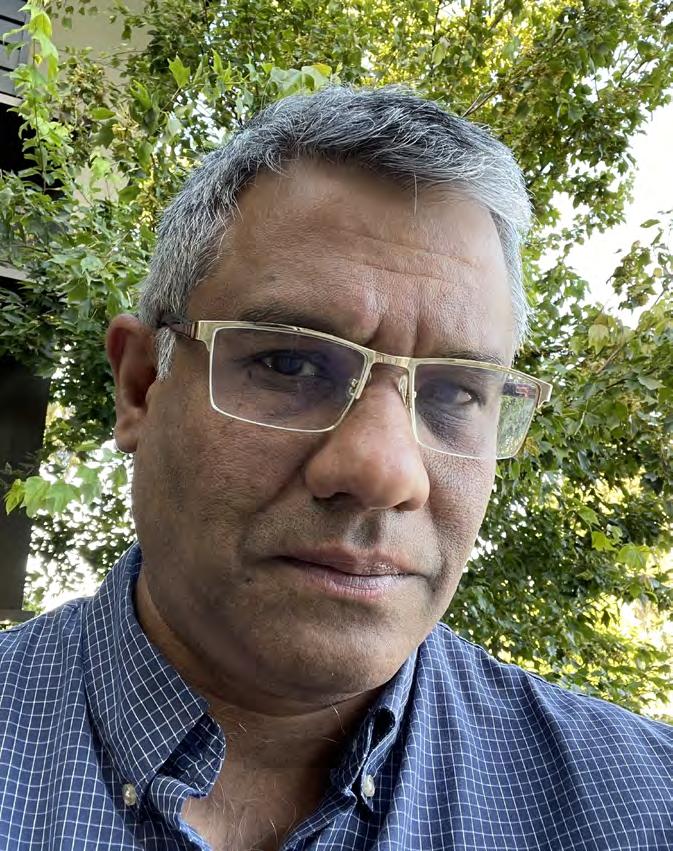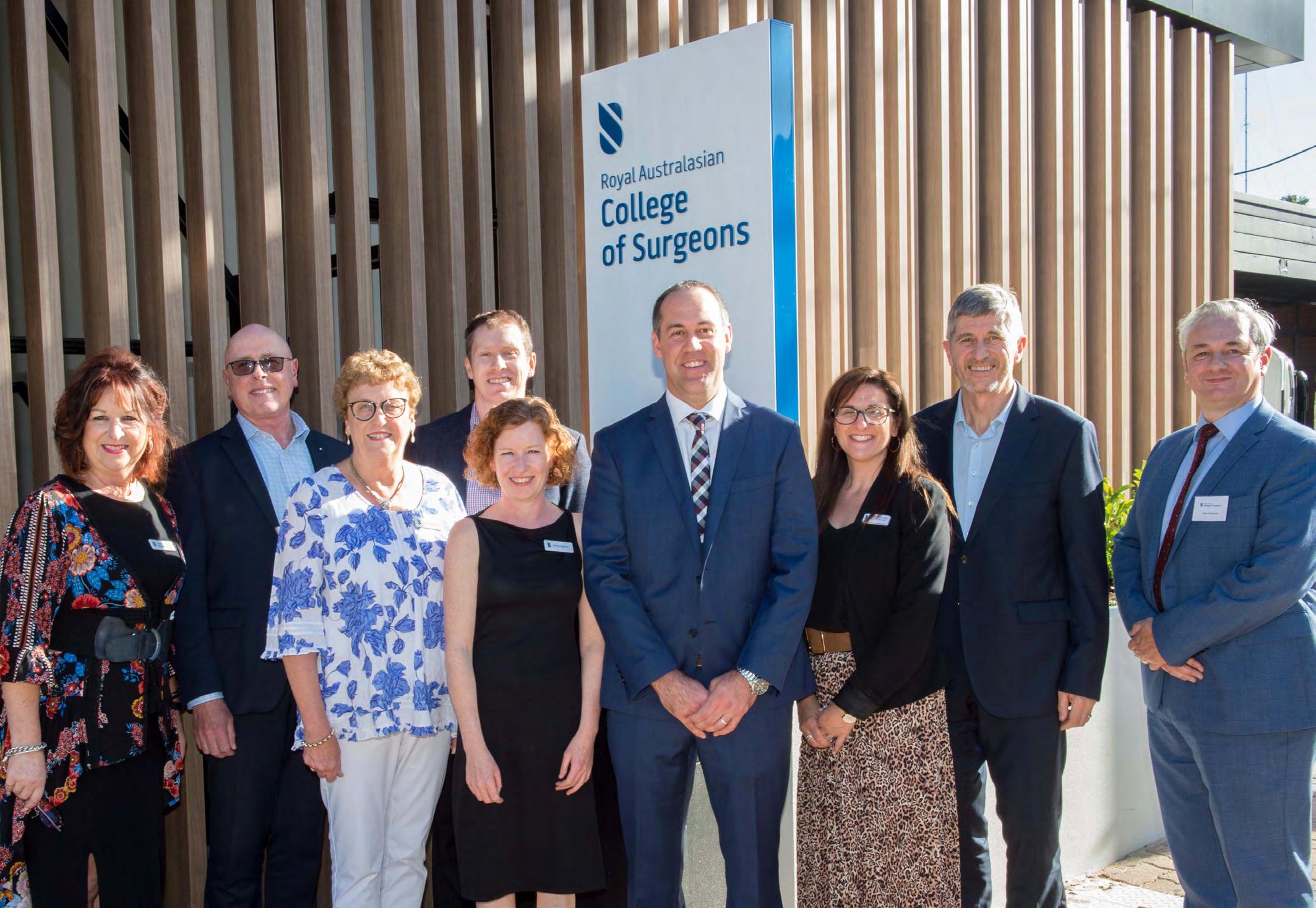Surgical News | Volume 22 | Issue 01
New framework to increase access to surgery for bariatric patients With almost 12.5 million Australians suffering from obesity, the medical consequences of this disease have created a serious challenge for the Australian healthcare system. bariatric surgery through the public hospital system has generated a serious problem of healthcare inequity. Mr Ahmad Aly, Head of Upper Gastrointestinal Surgery at Melbourne’s Austin Hospital, is leading an initiative to redress the socio-economic inequity of access to bariatric surgery. Three years ago, surgeons from ANZMOSS and several collaborating bodies, including the Commonwealth Government’s Medical Services Advisory Committee (MSAC), formed a joint taskforce to address the problem.
Mr Ahmad Aly
While exercise and medication can be effective methods of weight loss for some patients, it is rare for these non-surgical procedures to have a long-lasting effect in cases of morbid obesity. By contrast, bariatric surgery has proven to be an effective treatment that generates substantial weight loss and can be sustained over the medium to long term. Bariatric surgery also has a demonstrable track record of reversing or mitigating obesity-related health risks and complications, particularly diabetes. But approximately 90 per cent of the 24,000 bariatric procedures in Australia have been conducted by the private hospital sector. According to National Bariatric Registry data from 2019, only 22 public hospitals have conducted bariatric surgical procedures, with 10 performing more than 75 procedures annually. A recent survey from the Australian and New Zealand Metabolic and Obesity Surgery Society (ANZMOSS) suggested only 15 hospitals have a structured elective bariatric surgery program. Because obesity is a disease that is more common among less affluent people in the community, limited access to
The taskforce discovered that only four per cent of total bariatric surgical procedures were “completely publicly funded”, Mr Aly said. He noted that the current system has evolved around the implicit expectation that patients would have private health insurance, or would otherwise be able to self-pay for their surgery. He added there was a worrying trend over recent years for patients to use their superannuation or life-savings to pay for their surgery. “We were concerned about this inequity of access,” he said. “It is for us, to some degree, a social justice issue.” As a result, the taskforce focused on more effective means of “delivering what is well-proven life-saving care to patients who simply can’t access it at the moment”. Composed of medical professionals, health administrators, government officials and representatives from obesity clinic stakeholder groups, the taskforce produced the Public Bariatric Surgery Framework. Published in October 2020, it is a roadmap to remediate the burgeoning public health and social equity problem. The Framework recommends the adoption a new set of eligibility criteria called the Edmonton Staging System for Obesity. This staging system focuses on mortality as an outcome, which does a more accurate job of anticipating patient prognoses than reliance on mere BMI
alone. On this basis, “we can say with confidence that if we treat patients at a particular stage of obesity, we’ll be saving lives”, Mr Aly said. Mr Aly noted that a long-running study of obesity in Sweden has demonstrated the tangible benefits of this approach. Out of 4047 obese Swedish patients who enrolled in the study, 2010 received bariatric surgery while a control group of 2037 received conventional non-surgical treatment. Those who underwent surgery enjoyed “a 38 per cent reduction in cancer deaths and a 32 per cent reduction in cardiovascular death”, he said. But patients’ direct involvement in their weight-reduction treatment doesn’t end when they leave the operating theatre. In order to enjoy the long-term benefits of bariatric surgery, patients must modify their post-operative lifestyles in terms of diet and exercise. “It’s all about the patient’s willingness and dedication,” explained Mr Aly. “We want to know that the patient is invested in the program.” This is why the framework also recommends “preoperative engagement processes that give patients the opportunity to be certain that it is right for them”. This initiative to broaden access to bariatric surgery is also fiscally sustainable, Mr Aly pointed out, because out of 1.5 million obese Australians, “it’s likely that only two or, at most, three per cent of patients would actually seek it”. Commonwealth Treasury officials have also recognised the fiscal logic of increasing access to bariatric surgery to moderate aggregate healthcare costs generated by medical conditions associated with obesity. “It’s not going to happen overnight,” Mr Aly said. “But we’re accumulating the tools that generate enough goodwill to get this done.”
15




























